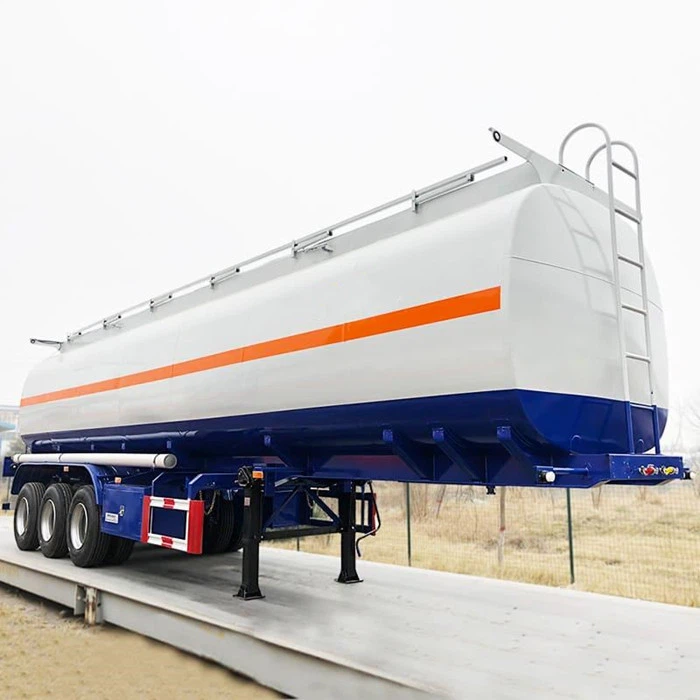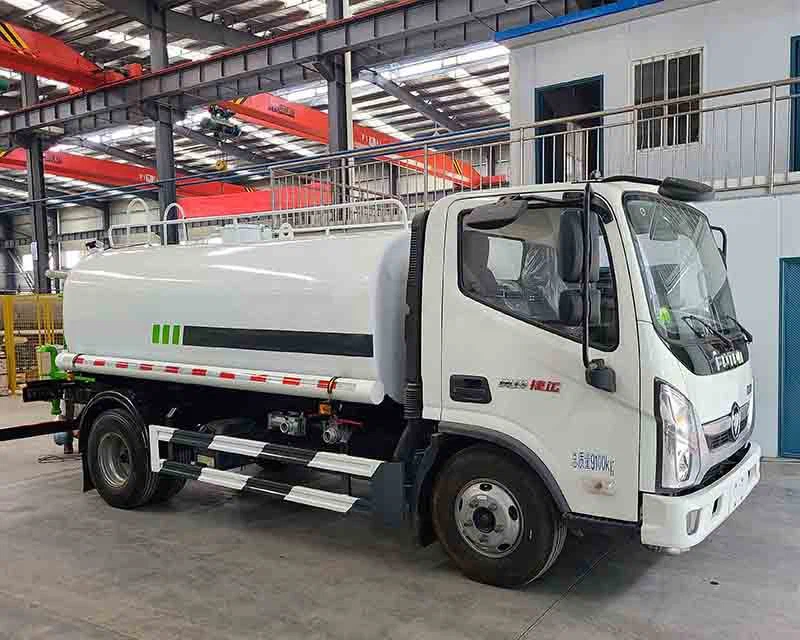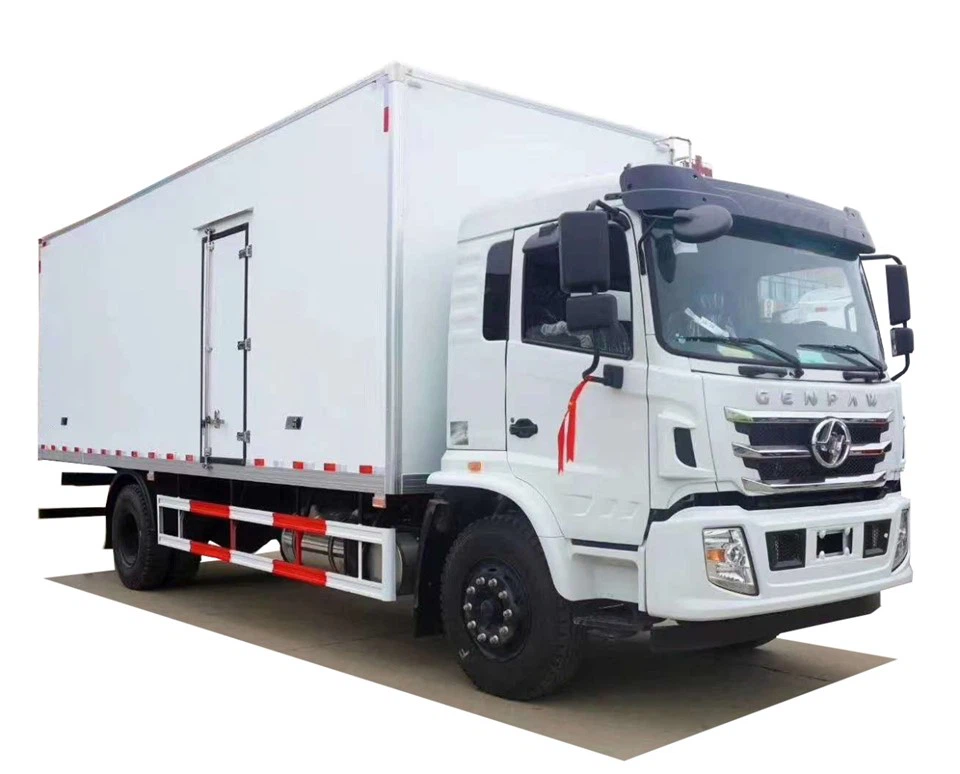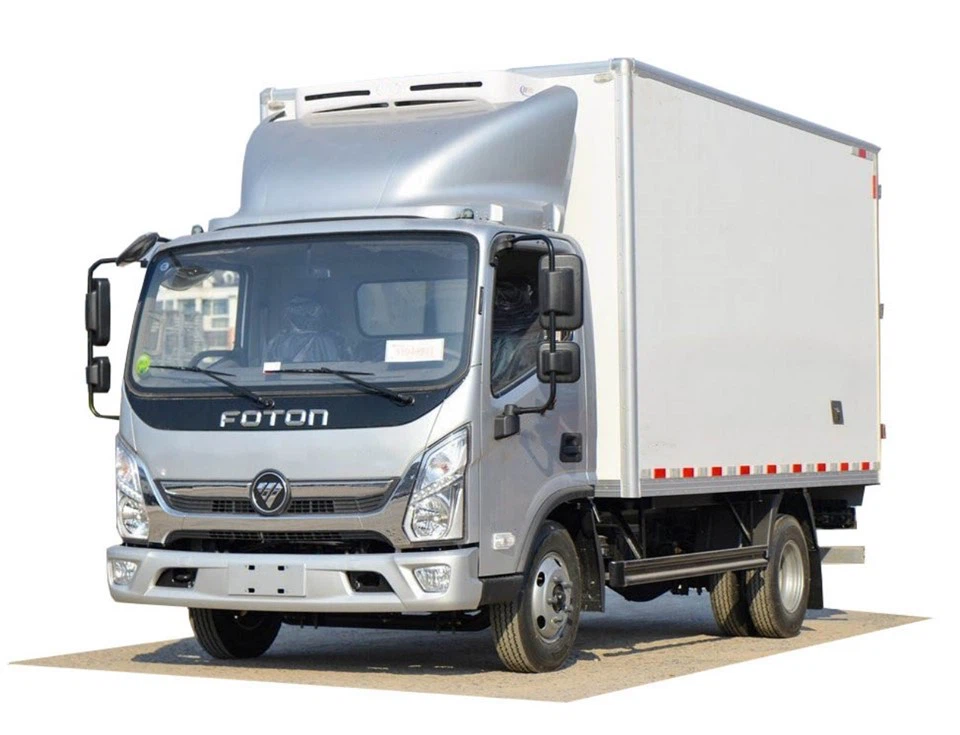Rubbish Truck Dimensions: Your Comprehensive Guide

Understanding the dimensions of rubbish trucks is essential for anyone involved in waste management, municipal planning, or transportation logistics. Different types of rubbish trucks are designed for various tasks, leading to variations in size, capacity, and efficiency. This article will delve deeply into rubbish truck dimensions, helping you glean the critical information needed to choose or work with the right vehicle for your needs.
Table of Contents
- Understanding Rubbish Truck Types
- Standard Dimensions of Rubbish Trucks
- Common Rubbish Truck Specifications
- Factors Influencing Truck Dimensions
- Choosing the Right Rubbish Truck
- Tips for Operating Rubbish Trucks
- Regulatory Requirements for Rubbish Trucks
- Frequently Asked Questions
Understanding Rubbish Truck Types
Rubbish trucks come in several types, each fulfilling specific waste management needs. The most common types include:
1. Front-Loader Trucks
Front-loader trucks are easily recognizable due to their large, horizontal containers. They are ideal for commercial waste collection, as they can quickly load garbage bins that are placed on the curb.
2. Rear-Loader Trucks
Rear-loader trucks are designed with loading equipment at the back, making them suitable for residential garbage collection. They typically have lower dimensions compared to front-loaders.
3. Side-Loader Trucks
Side-loaders feature a side-loading mechanism to pick up waste, making them user-friendly for narrow streets and areas with limited space.
4. Roll-Off Trucks
Roll-off trucks are used primarily for transporting large containers of waste, usually from construction or demolition sites. Their dimensions can vary significantly based on the container size.
Standard Dimensions of Rubbish Trucks
While rubbish truck dimensions can vary widely, standard sizes provide a useful reference point. Here are the typical dimensions for various truck types:
| Type of Truck | Length (ft) | Width (ft) | Height (ft) | Loading Capacity (cubic yards) |
|---|---|---|---|---|
| Front-Loader | 22-26 | 8-10 | 10-12 | 4-8 |
| Rear-Loader | 20-24 | 8-10 | 10-12 | 5-12 |
| Side-Loader | 20-24 | 8-10 | 10-12 | 6-10 |
| Roll-Off | 40-50 | 8-10 | 10-12 | 10-30 |
Common Rubbish Truck Specifications
In addition to basic dimensions, several specifications are essential to consider when analyzing rubbish trucks. These include:
1. Weight Capacity
The weight capacity can range from 10,000 to over 30,000 pounds, depending on the truck design and materials used. Exceeding this capacity can result in excessive wear and tear and potential fines.
2. Engine Type
Rubbish trucks typically use diesel engines for their reliability and efficiency in heavy-duty operations. Engine specifications can vary, with most having 200-400 horsepower.
3. Fuel Efficiency
Fuel efficiency is a critical consideration since rubbish trucks spend much of their day on the road. Most models offer between 8-12 miles per gallon.
4. Wheelbase Length
The wheelbase length affects turning radius and overall maneuverability. Front-loaders often have shorter wheelbases than roll-off trucks, which may have longer wheelbases for stability during operation.
Factors Influencing Truck Dimensions

Several factors impact the dimensions and design of rubbish trucks:
1. Load Type
The type of rubbish to be collected can influence the truck design. For example, compacted waste requires different dimensions than construction debris.
2. Collection Routes
Urban versus rural collection routes may dictate which rubbish truck dimensions are most practical, with narrower trucks often preferred in crowded urban environments.
3. Local Regulations
Municipal regulations may impose limitations on truck sizes used for waste collection based on local road specifications.
Choosing the Right Rubbish Truck

Selecting the right rubbish truck involves evaluating several presiding factors:
1. Assess Your Needs
Consider the volume and type of rubbish you collect. Choose a truck that suits your waste management requirements effectively.
2. Evaluate Maneuverability
Assess the streets and areas where the truck will operate. A compact truck may be more appropriate for tight spaces and narrow roads.
3. Cost Analysis
Analyze the ownership cost beyond the purchase price, including fuel consumption, maintenance, and expected lifespan.
4. Manufacturer Reliability
Research various manufacturers to find reliable rubbish trucks. Customer reviews and service records can offer insights into product durability and performance.
Tips for Operating Rubbish Trucks
Effective operation of rubbish trucks involves careful handling and maintenance:
1. Regular Maintenance
Conduct routine checks on hydraulic systems, brakes, and tires to ensure safety and performance. Schedule maintenance to prevent unexpected breakdowns.
2. Training Drivers
Invest in proper training for drivers to enhance safety protocols and operational efficiency. Knowledgeable drivers can navigate complex routes effectively.
3. Load Management

Distribute weight evenly to avoid tipping hazards and to enhance fuel efficiency while driving.
4. Stay Informed
Keep abreast of changes in regulations and improvements in rubbish truck technology to maintain compliance and operational efficiency.
Regulatory Requirements for Rubbish Trucks
Compliance with local and national regulations is crucial in operating rubbish trucks. Key considerations include:
1. Weight Regulations
Familiarize yourself with local weight limits to avoid substantial fines and ensure roads and bridges remain safe.
2. Emission Standards
Rubbish trucks must adhere to emission regulations, especially in urban environments with stringent air quality standards.
3. Licensing and Permitting
Ensure all drivers possess the necessary licenses, and any required permits for operating commercially in your area are acquired.
Frequently Asked Questions
1. What are the standard dimensions of a rear-loader rubbish truck?
Typically, rear-loader rubbish trucks have a length of 20 to 24 feet, a width of 8 to 10 feet, and a height of about 10 to 12 feet, with a loading capacity of 5 to 12 cubic yards.
2. How do I determine the right rubbish truck for my needs?
Assess the type of waste you handle, the volume of rubbish collected, and the types of streets or areas in which the truck will operate to determine the best model.
3. What are the fuel efficiency ratings for rubbish trucks?
Most rubbish trucks achieve fuel efficiency of approximately 8-12 miles per gallon, depending on the load and driving conditions.
4. Are rubbish trucks subject to weight regulations?
Yes, rubbish trucks must adhere to local weight regulations to ensure that they can safely operate on roads and bridges.
5. What materials are rubbish trucks typically made from?
Rubbish trucks are usually constructed from durable materials, including reinforced steel and aluminum, to withstand heavy loads and harsh operating conditions.
6. How often should rubbish trucks undergo maintenance?
Routine maintenance should be performed regularly, typically every 3,000 to 5,000 miles, or as mandated by the manufacturer to ensure optimal performance and safety.
